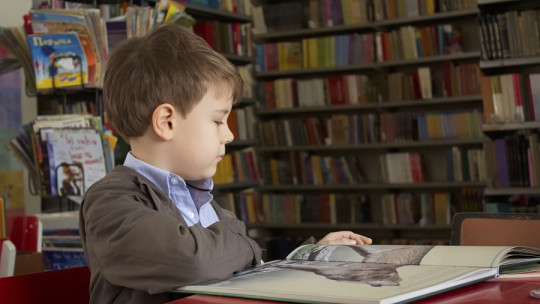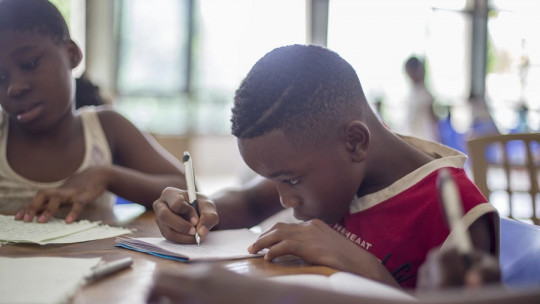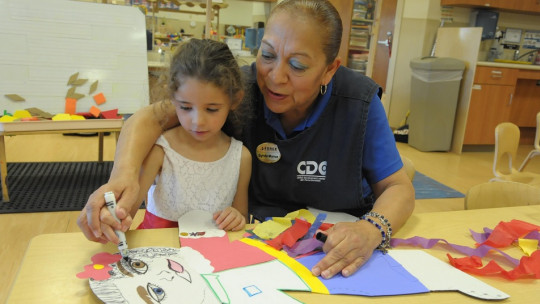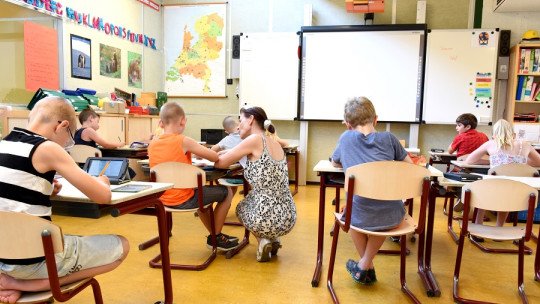
In the wide world of education, each student is unique in their abilities, strengths, and challenges. However, sometimes they may encounter obstacles that hinder their learning process. Learning difficulties are conditions that affect the acquisition and development of academic skills, such as reading, writing, calculation and concentration. These difficulties manifest themselves in different ways, and can have a significant impact on student performance and well-being.
Discovering and naming these difficulties in time is crucial to optimize the educational pathway of students who experience them. Identifying and addressing these learning difficulties allows us to offer adequate support to the student, in addition to offering intervention strategies that allow them to overcome their challenges and reach their maximum potential.
Throughout this article, we will explore the importance of discovering learning difficulties in time We will analyze different types of learning difficulties, the consequences of not addressing them and some of the possible detection methods. By improving our knowledge of learning difficulties and their early detection, we will optimize the support we can give them to overcome the challenges they face.
What are learning difficulties?
Learning disabilities are defined as conditions that affect a student’s ability to acquire and use academic skills efficiently. These difficulties are not related to factors such as socioeconomic environment, intelligence or motivation; They are the result of neurobiological differences that affect the cognitive processing of information.
Some learning difficulties, such as temporary delay in the acquisition of certain skills at an early age, they end up resolving themselves with the passage of time; Each child follows his/her own rhythm in his/her development and these difficulties may be due to a lag in the maturation period. Even so, it is important to maintain attention on their educational capabilities to know how to identify these difficulties if they arise and offer the necessary resources to solve or facilitate them as much as possible.
Types of learning difficulties
There are different types of learning difficulties, each having a series of specific characteristics that cause greater impact on particular areas of academic development. Below, we present some of the most common learning difficulties. It is important to keep in mind that these are only some of the most typical, but that each individual experiences them in specific and differentiated ways.
1. Dyslexia
Dyslexia is a learning disability that affects reading and writing Students with dyslexia may have difficulty recognizing words, understanding text, and expressing themselves in writing.
2. Dyscalculia
Dyscalculia refers to difficulty understanding and using mathematical concepts People affected by it may have problems with basic operations, difficulty understanding mathematical symbols and solving mathematical problems.
3. Attention deficit hyperactivity disorder (ADHD)
This difficulty affects attention span, impulse control and hyperactivity. Students with ADHD may have trouble staying focused, following instructions, and organizing their assignments.
4. Auditory processing disorder
This disorder is characterized by difficulties in processing auditory information. Students with this disorder face difficulties following verbal instructions, distinguishing similar sounds, and storing and remembering auditory information
5. Visual processing disorder
This difficulty affects the processing of visual information. Those with this disorder experience difficulties in recognizing shapes, visually organizing information, and understanding maps, graphs, or other visual representations of data.
Consequences of not intervening in psychotherapy
When learning difficulties are not discovered or addressed in time, it can have significant consequences on students’ academic, emotional, and social lives. Some of the consequences of not intervening early may be:
1. Poor academic performance
Academic difficulties can directly affect students’ academic performance. They can cause problems keeping up with class, understanding key concepts, and completing assigned tasks Depending on whether the degree of difficulty progresses, it can lead to ever-widening gaps between their abilities and what is expected of them according to the academic curriculum.
2. Low self-esteem and motivation
It is common for these students to experience a decrease in their self-esteem and motivation. Feelings of frustration, inferiority, or inability to meet academic expectations may arise, which can lead to a lack of self-confidence and the development of negative attitudes toward learning and schooling.
3. Emotional and social problems
Linked to the above, the lack of detection of learning difficulties can generate an impact on the emotional and social well-being of students such as stress, anxiety and depression in addition to difficulties establishing solid relationships derived from feelings of exclusion from their peers.
4. Limitations in personal and professional development
In the long term, these undetected difficulties can generate problems in accessing other educational or work opportunities, being an obstacle to the achievement of individual goals and which can affect their independence and self-esteem.
How to detect learning difficulties?
In conclusion, discovering learning difficulties in time is essential to give students the necessary support to guarantee their academic and personal development. To conclude this article, we propose some methods to identify these learning difficulties:
1. Psychopedagogical evaluations
These are developed by education and psychology professionals, through standardized tests, observations and interviews, to evaluate the academic, cognitive and emotional skills of students.
2. Collaboration between educators and parents
Educators can play a crucial role in identifying these difficulties and close communication with parents is very valuable to provide more information about the development and performance of their sons/daughters.
3. Observation and continuous monitoring
It is very important to maintain regular observation and monitoring of student progress in the long term. This allows for the detection of patterns, problem areas, and determination of the need for additional intervention.








